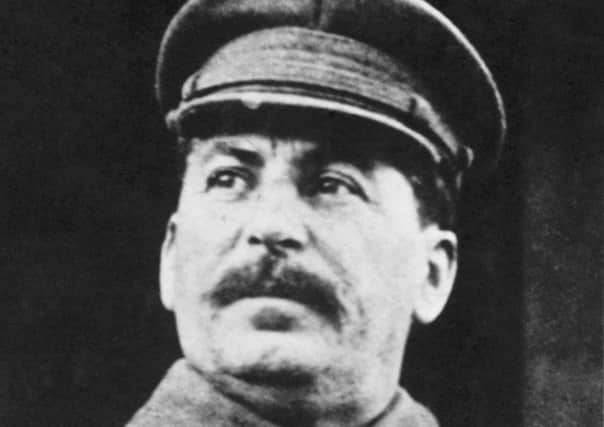Book review: Stalin and the Scientists, by Simon Ings


Ings begins by identifying the threads that weave into this saga, the scholars, the pre-revolutionary entrepreneurs, the workers, the peasants and of course the revolutionaries, led by Lenin, imbued with Marxist philosophy and its theory of dialectical materialism, which is the real villain of the piece.
That theory decreed that the natural world evolves, and that each stage of evolution leads to new “material organisation”. So, from 1917 there was bound to be a clash between the scientists, whose calling was observation and objectivity, and the Bolsheviks, whose calling was ideology. Amongst the Bolsheviks, the victor was Stalin who, as Ings reminds us, was ridiculed by his early rivals for power as “Comrade Filing Cabinet”. He had used his time, and his files, to ensure that his allies were in key positions across the country. They would vote for his Five Year Plans which would demonstrate Bolshevism’s “learning by doing”. The allies were also in place when Bolshevik impatience led to Bolshevik vindictiveness, and beyond.
Advertisement
Hide AdDisaster was inevitable. Academic and scientific institutions were dissolved and replaced by new politically managed bodies. Biologists who studied evolution were sidelined or imprisoned if they did not comply with the party line. There was a flourishing of bogus scientific theories that predicted greater physical and mental prowess amongst the people if they worked hard.
More agricultural plans were devised and exceeded targets celebrated. The deluded agrobiologist Trofim Lysenko, who had a peasant background and knew how to play politics, came up with unsubstantiated and unchecked ideas on how to improve crop yields. His ideas became policy, were central in the collectivisation of agriculture and were one of the causes of famine in the 1930s. (Even in 1948, harvests had not reached pre-revolutionary levels.)
At a conference debate in 1939 there was uproar when Lysenko defended his statement, “In order to obtain a certain result, you must want to obtain precisely that result; if you want to obtain a certain result, you will obtain it…” In any other country, Lysenko would have been regarded as a creationist or a flat
earther.
The party line, Stalin’s whims, Soviet isolationism and xenophobia compounded the disasters. Leningrad was purged of its status as a centre of research. Scientists were prevented from contributing at conferences overseas. Scientific research in other countries was ignored. Russia’s own research on nuclear fission was held back. On his deathbed in 1940, the biologist and geneticist, Nikolai Koltsov, pleaded, “How I wish that everybody would wake up… that everybody would wake up.”
Many of the scientists whose stories are told will be unfamiliar to the general reader, so the absence of plates, or a
“cast of characters” is unfortunate. Without these, regular checking of the 70 pages of notes, bibliography and index is advised.
VIN ARTHEY
Stalin and the Scientists by Simon Ings, Faber & Faber, £20